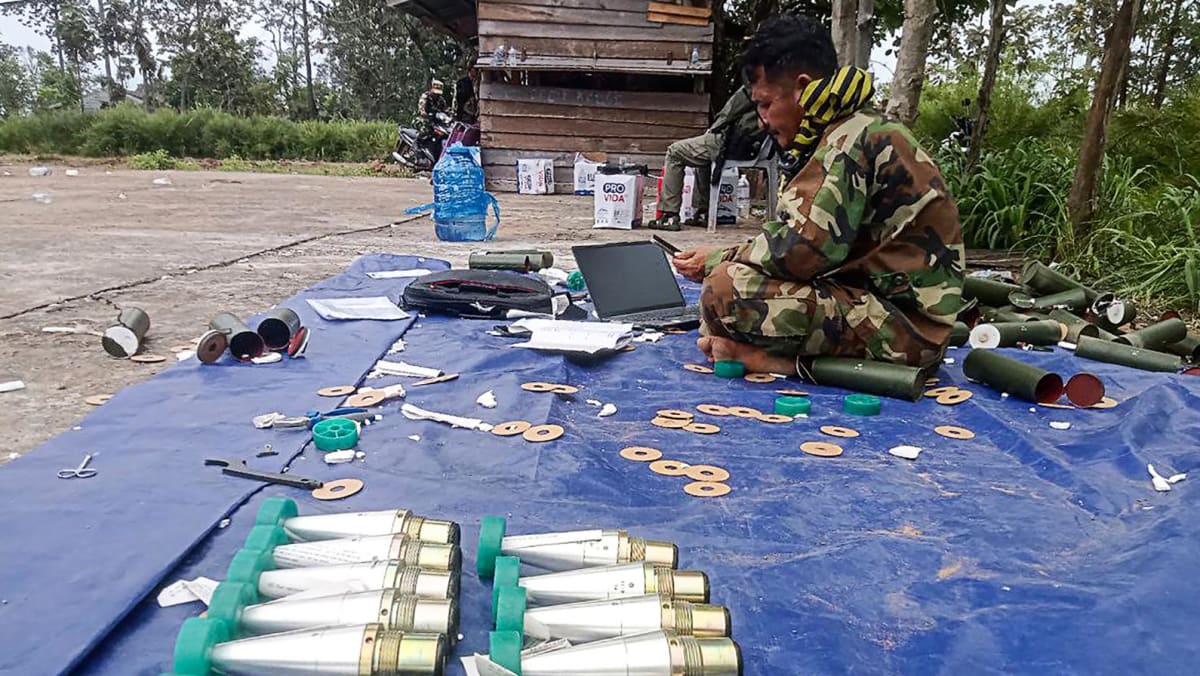What’s the bigger picture?
For over a century, Thailand and Cambodia have been at odds over sections of their shared border – an area that has never been fully demarcated.
The boundary was originally mapped in 1907 by the French during their colonial rule over Cambodia, based on an agreement to follow the region’s natural watershed line.
Tensions have flared intermittently over the years, with the most intense erupting in 2008.
That episode stemmed from Cambodia’s move to designate the 11th-century Preah Vihear temple as a UNESCO World Heritage site, sparking deadly exchanges between the two militaries.
The violence then peaked in 2011 with a sustained week-long artillery battle.
At that time, Cambodia turned to the ICJ, asking it to clarify a 1962 ruling that had granted the temple to Cambodia and to issue measures to prevent further military confrontations.
In 2013, the ICJ reaffirmed that the entire temple promontory lay within Cambodian territory.
Today, Phnom Penh is again turning to the ICJ to settle “unresolved and sensitive issues”.
Recent filings to the court cover the Ta Muen Thom temple, two other temple sites Ta Muen Tauch and Ta Krabei, as well as Mom Bei.
The disputed Emerald Triangle zone covers just 12 sq km and sits at the crossroads of three countries: Thailand’s Ubon Ratchathani province, Cambodia’s Preah Vihear province, and Laos’ Champasak province.
During the 1970s and 80s, this area was notorious for insurgencies and drug-linked violence, gaining a reputation as a hotspot for cannabis cultivation.
Over the decades, it has served as a volatile battleground – witnessing clashes between Thai troops, the Khmer Rouge, Lao resistance fighters and Vietnamese-backed Cambodian forces alike. The landscape remains scarred, with land mines still embedded in the terrain.
Many locals in the area still depend heavily on the land for their livelihoods. Despite years of proposed development plans and trilateral agreements, the region has seen minimal economic progress on the ground.
Proposed cooperation in areas like trade, tourism, politics and social development have fallen flat over the years.
